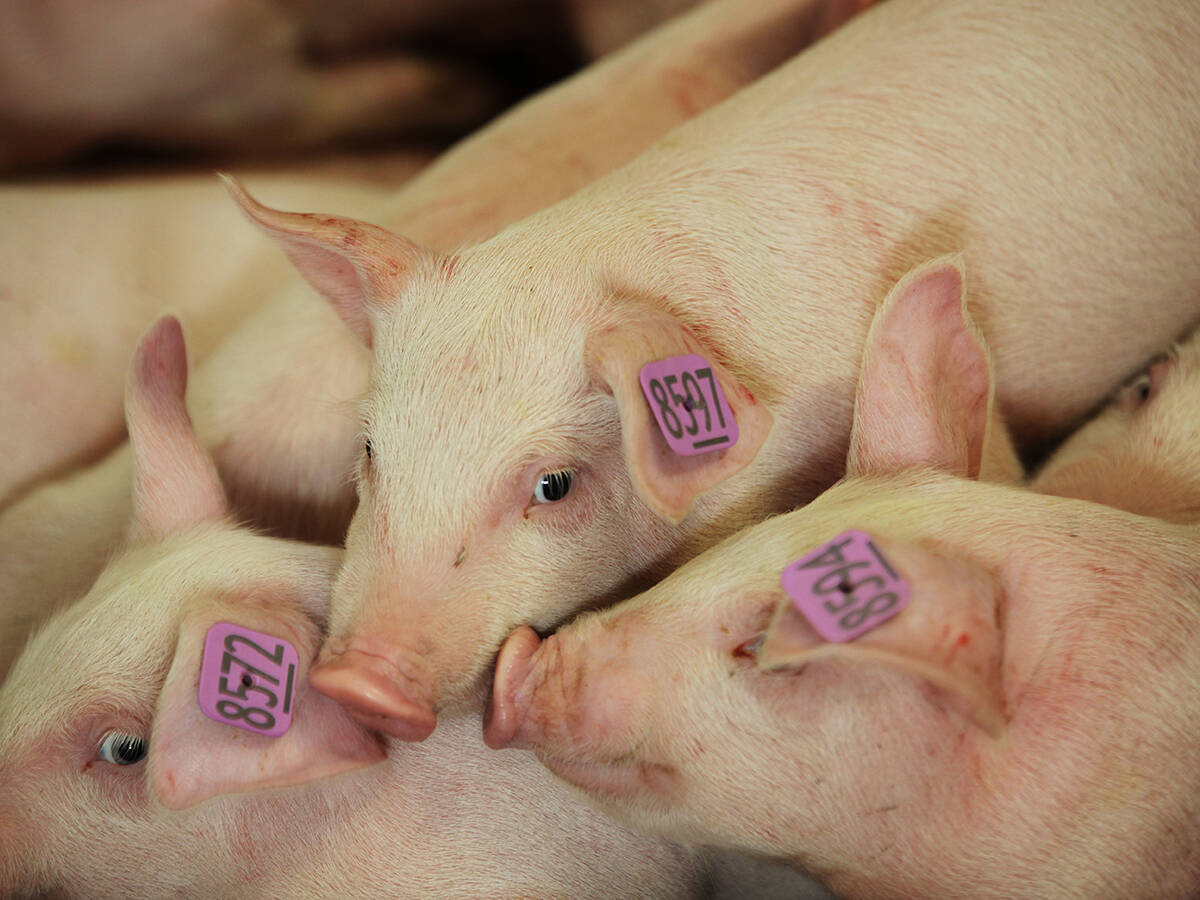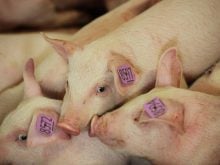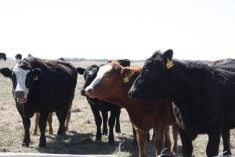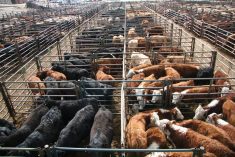INNISFAIL, Alta. – Alberta livestock producers are taking no chances
with fusarium.
Producers in one central Alberta county returned feed and straw from
Manitoba that tested positive for the fungus.
Red Deer County agriculture fieldman Art Preachuk said education and
diligence among producers are the best ways to keep out fusarium, which
has devastated cereal crops in Manitoba and parts of eastern
Saskatchewan.
“Buy the best you can and test anything that comes from out of province
Read Also

The Western Producer Livestock Report – October 16, 2025
Western Producer Livestock Report for October 16, 2025. See U.S. & Canadian hog prices, Canadian bison & lamb market data and sales insights.
because there’s a chance it might have something in it,” he said.
Alberta municipalities have authority to test feed under the provincial
agricultural pest act.
More grain, hay and straw than normal are entering the province because
a three-year drought has created a feed shortage.
The government backed off from its original zero-tolerance policy to
ensure livestock producers have enough feed. Instead, all seed must be
certified disease free and feed users must follow prescribed management
practices outlined by the provincial fusarium committee.
“The plan is a balance between the management of a pest and maintaining
the viability of the cattle industry,” said Shaffeek Ali, head of
Alberta Agriculture’s pest management unit.
Alberta has been testing field samples since the disease appeared in
eastern Saskatchewan in 1997. Wider tests on seed and feed started this
year.
In 2001, out of 483 field samples, 14 tested positive for
fusarium-diseased kernels. Four samples were imported from out of
province.
In 2002, 1,900 samples were collected with17 positives. These were
primarily seed samples.
Minute traces of the disease appeared in the Westlock, Barrhead and
Morinville areas. About 30 samples were checked from southern Alberta
fields, but no disease was found.
Further examination showed most of the samples were not fusarium
graminearum but other forms of fungus.
Another arm of research is a fusarium risk model based on climatic
conditions conducive to disease reproduction.
The Australians are looking at a system known as Climex, developed to
detect a variety of pests. The program has already been used to predict
and track the incidence of cabbage seed pod weevil in western Canadian
canola.
Computer models can provide risk assessments to measure the fungus’s
potential to spread based on weather conditions.
Many argue Alberta is too dry, but weather chart comparisons of
relative humidity, precipitation and temperature indicate similar
conditions exist across the Prairies where the fungus has taken hold.
Central Alberta is particularly vulnerable because climatic conditions
are similar to the Red River Valley, where the disease was first
discovered in Canada.
Researchers are investigating other leads.
“There is some thought that direct seeding has led to an increase,”
said Kelly Turkington, an Agriculture Canada plant pathologist at the
Lacombe Research Centre.
This is under surveillance in Saskatchewan, but no connection has been
made. Researchers have noted that minimum tillage may act as a catalyst
when crop residue is left behind.
Cattle may be fed some fusarium-infected grain but silaging, blending
or further processing is recommended. Grain heated to 80 C for several
days appears to destroy the fungus. Rolling or steaming grain may also
be effective.

















